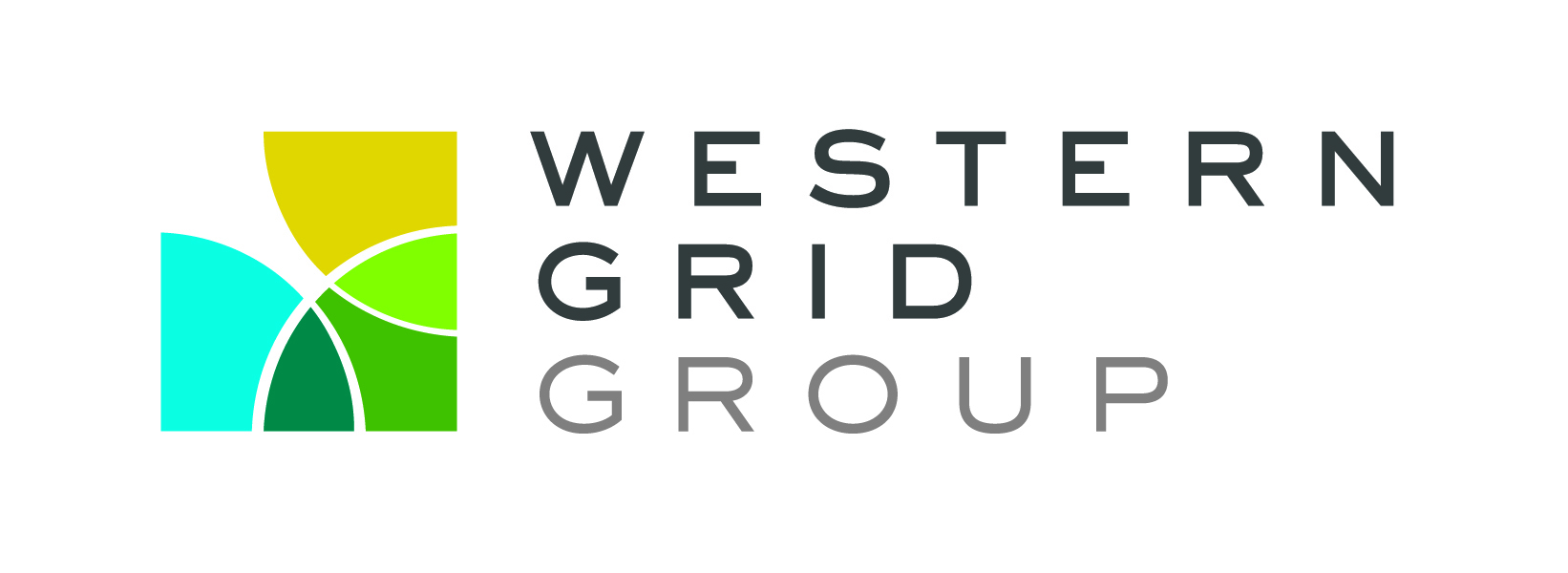WGG joined NRDC, Sustainable FERC project, NW Energy Coalition, Western Resource Advocates, Renewable Northwest, Interwest Energy Alliance, Earth Justice and CEERT filing comments to FERC on the CAISO’s proposed tariff.
Body of the filing here and in PDF.
UNITED STATES OF AMERICA
BEFORE THE FEDERAL ENERGY REGULATORY COMMISSION
California Independent System Operator Corporation ) Docket No. ER23-2686-000
COMMENTS OF PUBLIC INTEREST ORGANIZATIONS
I. Introduction
Pursuant to Rule 211 and 214 of the Federal Energy Regulatory Commission’s (“FERC” or “Commission”) Rules of Practice and Procedure,1 Center for Energy Efficiency and Renewable Technologies, Earthjustice, Interwest Energy Alliance, Natural Resources Defense Council, Northwest Energy Coalition, Renewable Northwest, Sustainable FERC Project, Western Grid Group, and Western Resource Advocates (together “Public Interest Organizations” or “PIOs”) respectfully submit these comments in the above-captioned proceeding on the California Independent System Operator’s (“CAISO”) proposed tariff revisions (“Tariff”) to the Day Ahead Market Enhancement (“DAME”) and Extended Day-Ahead Market (“EDAM”). We appreciate CAISO’s work that has culminated in this Tariff.
In the West, a rapidly evolving resource mix poses challenges to the status quo but creates opportunities to effectively harness the geographic and resource diversity of the region with day-ahead market services. EDAM will lead to increased and more efficient trading and reduce the need for new capacity resources which will provide the region with significant annual cost savings. Further, with increasing integration of wind and solar power – the two fastest growing generation sources in the West – the ability to balance generation and load in a day-ahead market is more valuable than ever. While the region has benefitted from the CAISO’s real- time market for nearly a decade, the West stands to reap multiple benefits including renewable integration, improved reliability, and reduction in the costs of resource adequacy (capacity) from the increased resource and load diversity that the EDAM offers. Given the prospect of these benefits, PIOs appreciate the work the CAISO has done to bring the EDAM to fruition. PIOs also commend the CAISO on its commitment to inclusive and highly participatory stakeholder engagement that led to the development of the iterations of draft proposals and on the willingness of the CAISO to make changes based on stakeholder feedback throughout the EDAM Initiative.
PIOs have provided feedback and written comments to CAISO at several junctures throughout the EDAM Initiative; those comments continue to represent our views, and we build upon them in the following comments. PIOs generally support CAISO’s proposals in the Tariff. We do not address every issue raised in the Tariff and do not intend to signal full support for the sections of the Tariff we do not address. We focus our comments on the set of tariff revisions pertaining to the EDAM for four issues: (1) Transmission Access, (2) Managing Seams, (3) Greenhouse Gas (“GHG”) Emissions Accounting and Transparent Reporting, and (4) Market Monitoring and EDAM Performance Evaluation. Ultimately, PIOs request the Commission consider our comments in its review of the Tariff and recommend the Commission accept all sections of the Tariff to be effective December 21, 2023 and May 1, 2025, as requested by the CAISO.
II. Background
In this Tariff, CAISO outlines the proposal to extend participation in the CAISO day-ahead market framework to balancing authority areas (“BAA”) in the Western Energy Imbalance Market (“WEIM”) with the DAME tariff revisions incorporated. The EDAM will use day-ahead unit commitment of resources and assessment of transmission capability to serve load optimally, reliably, and economically across its footprint without requiring full participation in the CAISO. Due to the increased and more efficient trading that would occur between EDAM participants, as well as the reduced need of new capacity resources, the region would benefit from annual cost savings, enhanced grid reliability, better use of existing resources through reduced renewable generation curtailments, and reduced costs of integrating renewable resources. Conservative estimates of these benefits from the Brattle EDAM Simulations study and the Energy Strategies study amount to:
- Between $800 million and $1.2 billion in annual cost savings
- Benefits to all assumed participants (even after considering potential reduced bilateral trading gains and wheeling revenue losses), and
- 2.4 TWh in reduced renewable generation curtailments and reduced overall emissions.
These benefits are both a reflection of the positive impact the EDAM would have on the West, but also of the significant waste that consumers currently bear due to the inefficiencies of the region in which nearly 40 BAAs operate without coordination beyond real-time markets.
Since its inception in 2014, the WEIM has generated over $4 billion in benefits for participating entities.4 Today, all or part of 11 western states (or nearly 80% of the electrical load in the Western Interconnection5) continue to gain such benefits by participating in WEIM’s real- time market services. The EDAM will build on the proven success and the experience of the WEIM to provide additional economic benefits through increased regional coordination by scheduling supply in the day-ahead timeline rather than the more limited real-time timeline, thereby accounting for a far greater volume of energy transactions. According to the Brattle Study, the EDAM design would create cost savings from a 27% increase in trade between EDAM participants.


Comments are closed